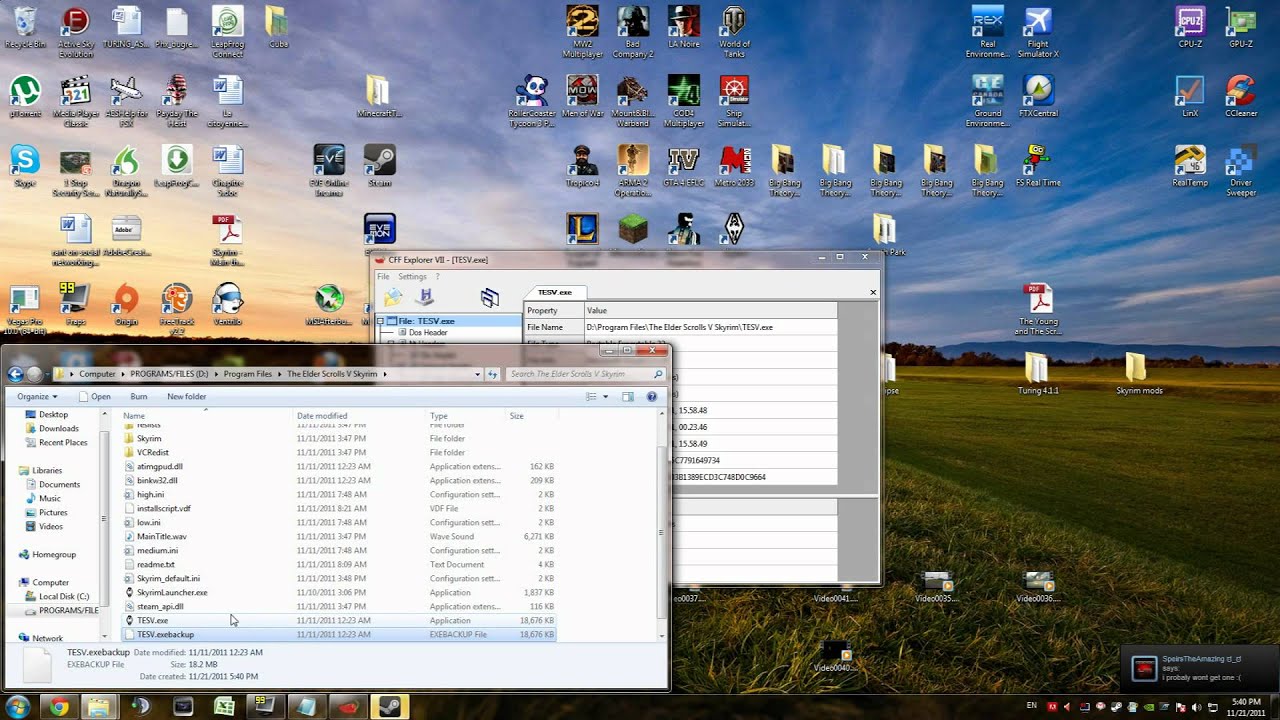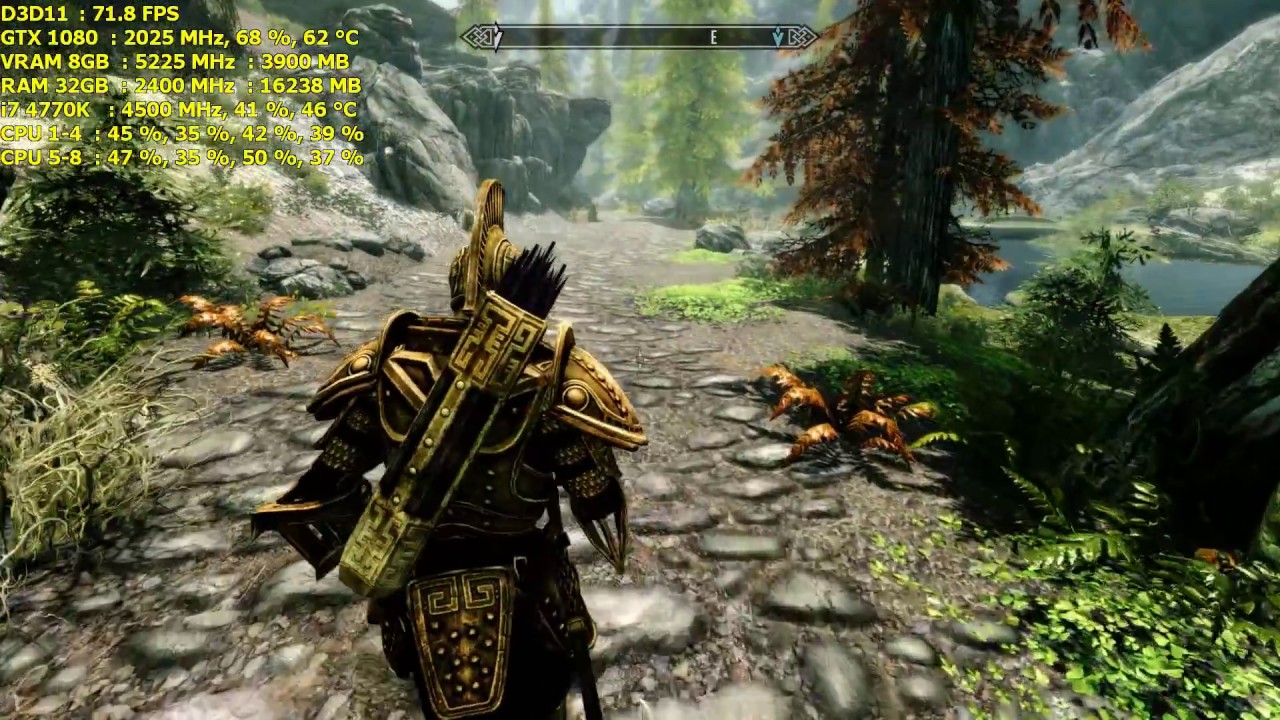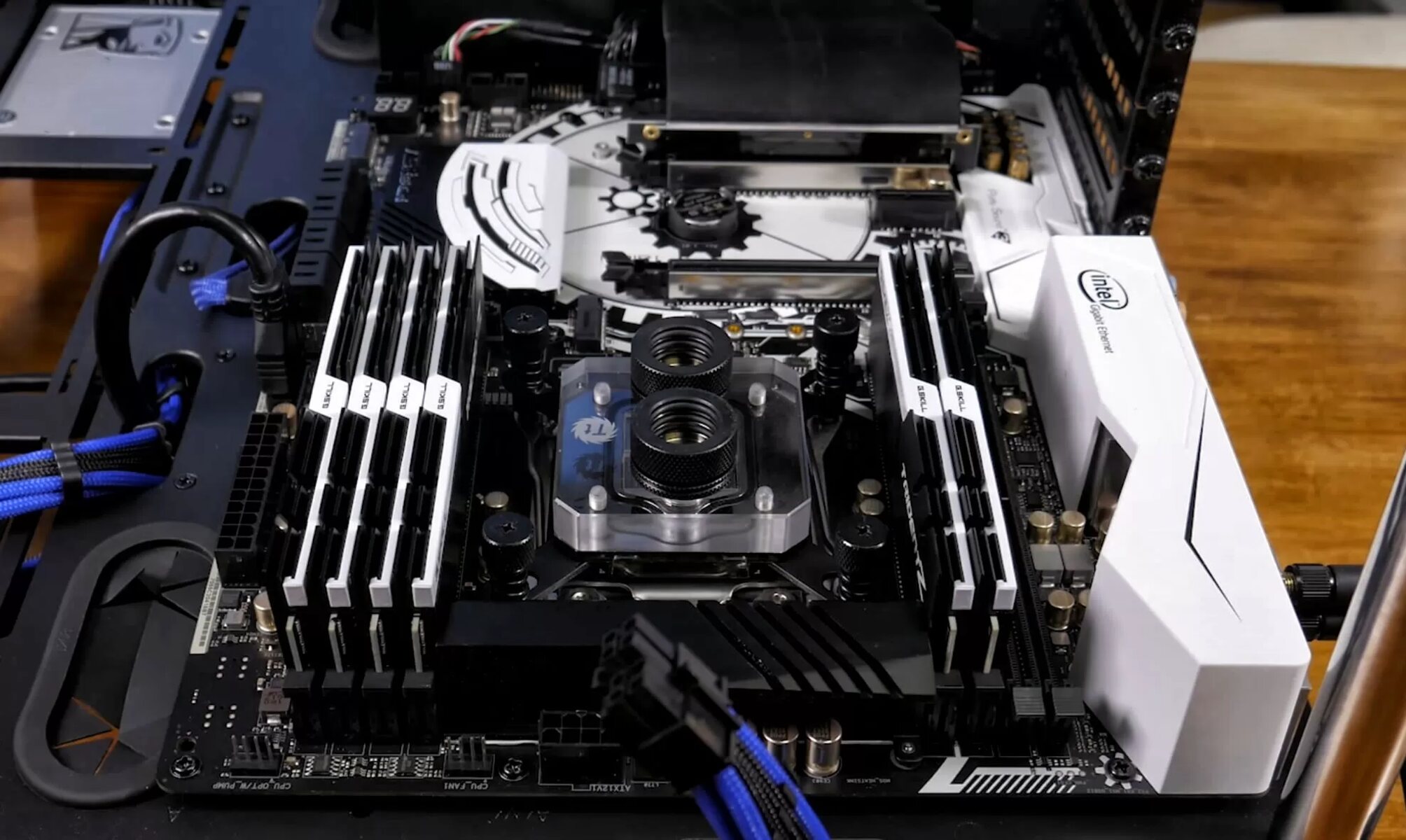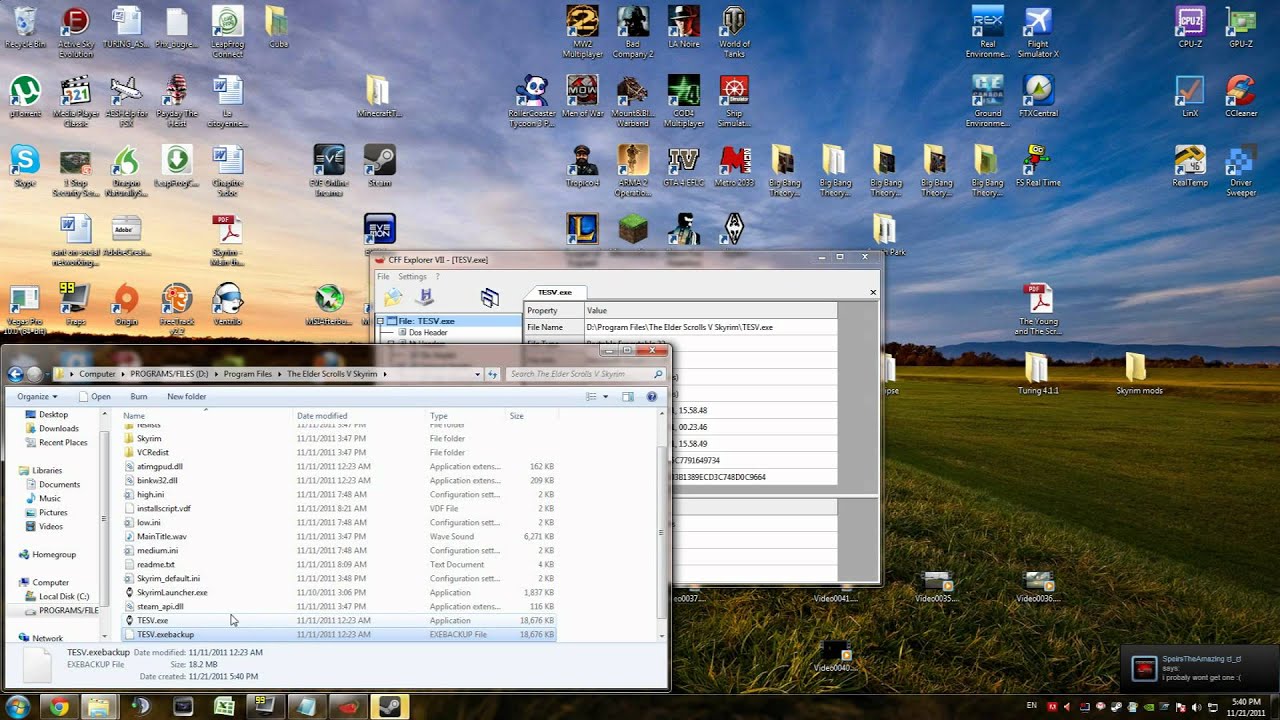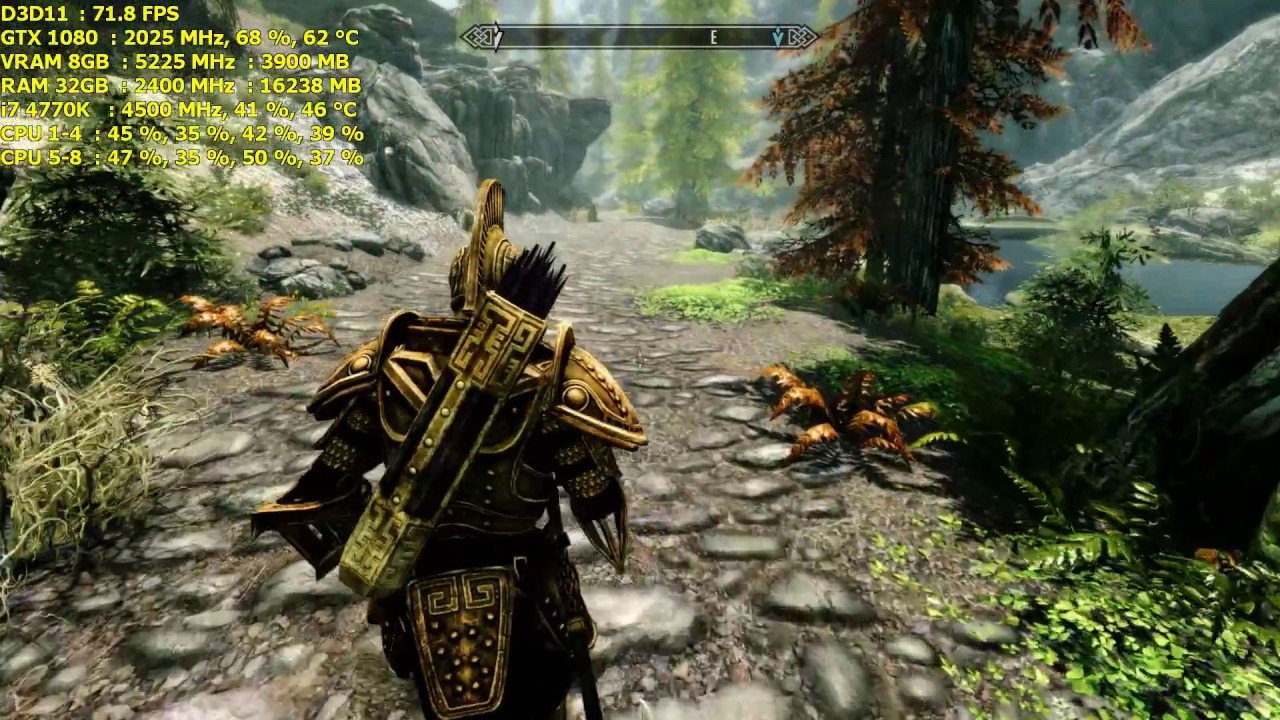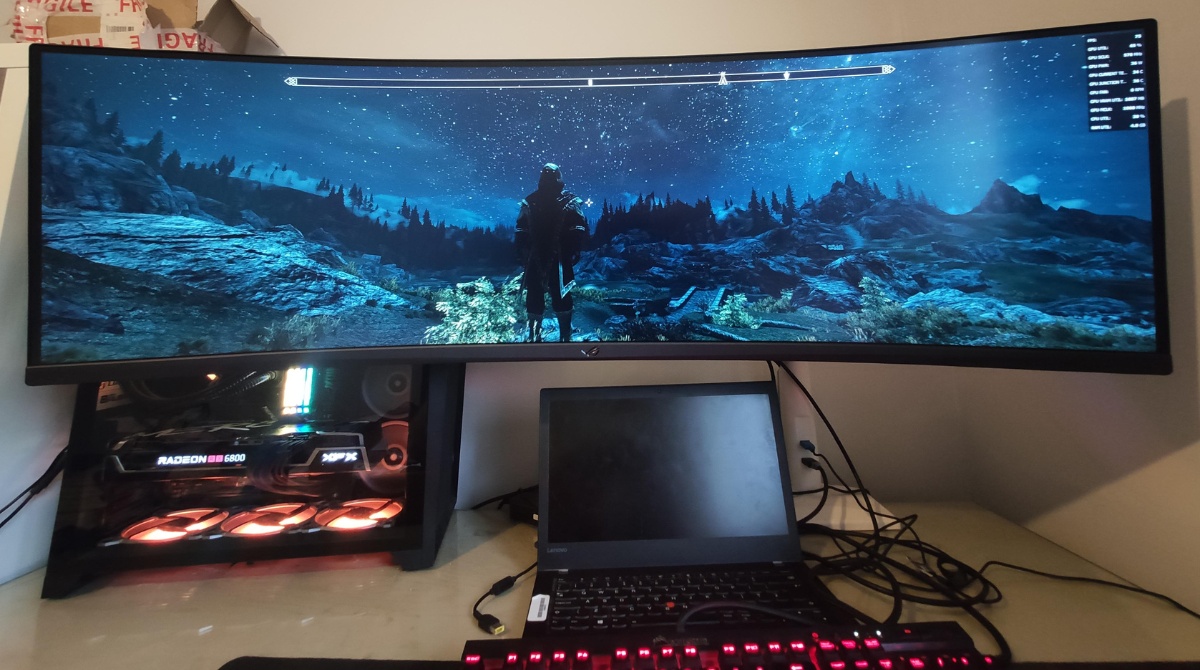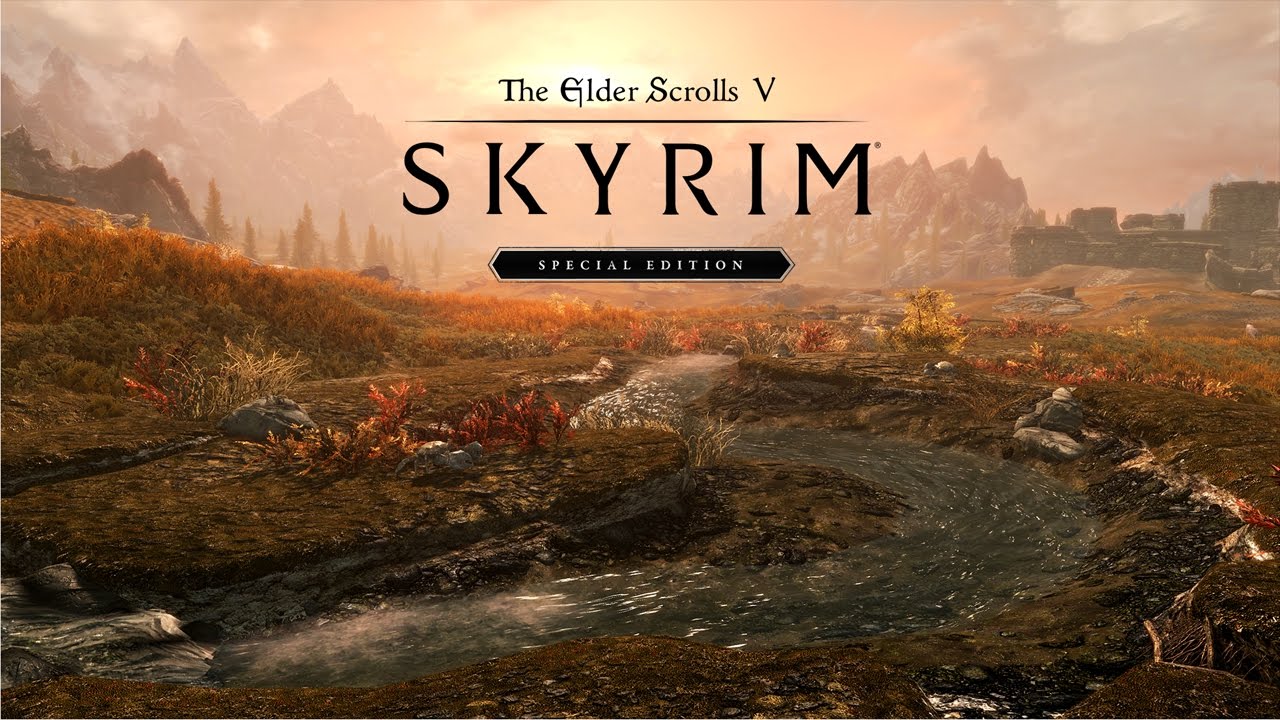Introduction
Welcome to the world of Skyrim, a vast and immersive fantasy realm where adventure and danger await at every turn. As a player, you want to make sure that your gaming experience is flawless, with smooth graphics, minimal lag, and a seamless gameplay flow. One way to achieve this is by allocating more RAM to Skyrim.
RAM, or random access memory, plays a crucial role in gaming performance. It acts as a temporary storage space for the game data, allowing for quick access and retrieval of information. By allocating more RAM to Skyrim, you can ensure that the game has enough resources to run smoothly, reducing lag, improving loading times, and enhancing overall gameplay.
In this guide, we will walk you through the process of allocating more RAM to Skyrim, step by step. But before we dive into the technical details, it’s essential to understand why allocating more RAM is beneficial and how to check your current allocated RAM.
Why Allocate More RAM in Skyrim?
Skyrim is a highly resource-intensive game that demands a significant amount of computational power to run smoothly. By allocating more RAM to Skyrim, you can enhance your gaming experience in several ways:
- Improved Performance: Allocating more RAM ensures that Skyrim has access to an ample amount of memory, allowing it to run more efficiently. With sufficient RAM, you can expect smoother gameplay, reduced stuttering, faster loading times, and an overall enhanced performance.
- Reduced Lag: Lag can be a frustrating drawback in gaming. Insufficient RAM can lead to frequent lag spikes, causing the game to freeze or stutter. By increasing the allocated RAM for Skyrim, you provide it with the necessary resources to process game data quickly, resulting in a lag-free experience.
- Enhanced Graphics: Skyrim is known for its stunning visuals and immersive world. Allocating more RAM allows the game to utilize higher-quality textures, detailed models, and improved graphical effects, further immersing you in the fantastical realm of Skyrim.
- Mod Support: Mods are a popular aspect of Skyrim that allows players to modify and personalize their gaming experience. However, many mods require additional memory to run smoothly. By allocating more RAM, you ensure that you have enough resources to support the mods you want to use, expanding the possibilities of customization in the game.
Now that you understand why allocating more RAM is crucial for Skyrim, let’s move on to the next step: checking your current allocated RAM.
How to Check Your Current Allocated RAM
Before you proceed with allocating more RAM to Skyrim, it’s important to know how much RAM is currently allocated to the game. Here’s a step-by-step guide to check your current allocated RAM:
- Launch Skyrim on your computer and wait for it to fully load.
- Press the Ctrl + Shift + Esc keys simultaneously to open the Task Manager.
- In the Task Manager window, click on the Performance tab.
- Under the Performance tab, look for the Memory section. Here, you can see the amount of RAM currently in use by various processes, including Skyrim.
- Locate the Skyrim entry and check the Memory column. The value displayed indicates the amount of RAM currently allocated to Skyrim.
By following these steps, you can easily determine the amount of RAM currently allocated to Skyrim. This information will be helpful later when we go through the process of allocating more RAM to the game.
Now that you have checked your current allocated RAM, let’s proceed to the next section, where we’ll guide you through the step-by-step process of allocating more RAM to Skyrim.
Step-by-Step Guide to Allocate More RAM
Now that you have an understanding of why allocating more RAM is beneficial and how to check your current allocated RAM, let’s dive into the process of allocating more RAM to Skyrim. Follow these step-by-step instructions:
- Exit Skyrim: Make sure to exit the game before proceeding with the following steps. This ensures that any changes you make will take effect when you relaunch Skyrim.
- Locate the Skyrim Launcher: Open the file explorer on your computer and navigate to the location where Skyrim is installed. Find the Skyrim Launcher application (usually named “TESV.exe” for the base game) and double-click to open it.
- Access the Settings menu: In the Skyrim Launcher, you will see various tabs at the top. Click on the Options tab and then click on Settings. This will open the Settings menu.
- Increase the RAM allocation: In the Settings menu, locate the Memory Allocation section. You will see a slider or input box that allows you to adjust the amount of RAM allocated to Skyrim. Slide the slider or manually enter a higher value to allocate more RAM. Keep in mind that the amount of RAM you allocate should not exceed your computer’s total available RAM.
- Save the changes: Once you have adjusted the RAM allocation to your desired value, click on the Apply or Save button to save the changes.
- Launch Skyrim: Close the Skyrim Launcher and launch the game. The increased RAM allocation should now be in effect.
By following these steps, you can successfully allocate more RAM to Skyrim, ensuring that the game has sufficient resources to run smoothly and enhance your gaming experience.
Keep in mind that allocating too much RAM to Skyrim may potentially cause instability or conflicts with other processes on your computer. It’s important to allocate a reasonable amount of RAM that leaves enough resources for other applications to run smoothly.
In the next section, we will address common issues that may arise during the process of allocating more RAM to Skyrim and provide troubleshooting tips.
Common Issues and How to Troubleshoot
Although the process of allocating more RAM to Skyrim is relatively straightforward, you may encounter some common issues along the way. Here are a few potential problems and troubleshooting steps to help you overcome them:
- Game Crashes or Freezes: If your game crashes or freezes after allocating more RAM, it could be due to insufficient system resources. Try allocating a smaller amount of RAM or closing any other resource-intensive applications running in the background.
- Compatibility Issues: In some cases, certain mods or game patches may not be fully compatible with increased RAM allocation. Verify the compatibility of the mods and ensure they are updated to work with the increased RAM allocation.
- Incorrect RAM Allocation: If you notice no improvement in performance after increasing the RAM allocation, double-check that the changes you made were saved correctly. Restart your computer and launch Skyrim again to ensure that the new RAM allocation is applied.
- Outdated Game or Software: Make sure that your Skyrim game and relevant software, such as drivers and operating system, are up to date. Outdated software can sometimes result in performance issues or conflicts.
- Overheating: Allocating more RAM can put a strain on your computer’s resources, potentially leading to overheating. Monitor your system temperatures using software utilities and ensure that your computer is adequately cooled.
If you encounter any of these issues or other problems during the process of allocating more RAM to Skyrim, following these troubleshooting steps should help resolve them. However, if the issues persist, you may consider seeking assistance from online forums or contacting technical support for further guidance.
In the next section, we will provide some additional tips and recommendations for optimal RAM allocation in Skyrim.
Tips and Recommendations for Optimal RAM Allocation
To ensure that your RAM allocation for Skyrim is optimized for the best performance and gaming experience, consider the following tips and recommendations:
- Allocate a Reasonable Amount of RAM: While it may be tempting to allocate a large amount of RAM to Skyrim, it’s important to consider the overall resources available on your computer. Allocating too much RAM can impact the performance of other applications and potentially lead to instability. Allocate a reasonable amount of RAM that provides a balance between Skyrim’s needs and the needs of other applications.
- Keep Your Mods in Check: Mods can significantly enhance your Skyrim experience, but they can also be resource-intensive. Be mindful of the number and complexity of mods you use, as they may require additional RAM allocation. Strike a balance between the mods you want to use and the performance impact they may have.
- Clear Unnecessary Background Processes: Close any unnecessary background processes or applications running on your computer. This frees up system resources, including RAM, allowing Skyrim to utilize them more effectively.
- Regularly Update Your Game and Mods: Keeping your Skyrim game and mods updated ensures compatibility and stability. Updates often include performance improvements and bug fixes that can help optimize RAM usage and overall game performance.
- Optimize Skyrim’s Graphics Settings: Adjusting your in-game graphics settings to an appropriate level can help reduce the strain on your RAM and improve performance. Experiment with different settings to find the right balance between visual quality and performance.
- Consider Hardware Upgrades: If your computer is consistently struggling to handle Skyrim even with a reasonable RAM allocation, you may need to consider upgrading your hardware. Increasing the total amount of RAM installed on your system or upgrading to a faster processor can significantly improve performance.
By following these tips and recommendations, you can optimize your RAM allocation for Skyrim, ensuring smoother gameplay, reduced lag, and an enhanced gaming experience.
Now that you have gained a better understanding of how to allocate more RAM to Skyrim, and the tips for optimal RAM allocation, you can embark on your journey through the captivating world of Skyrim with confidence.
Conclusion
Allocating more RAM to Skyrim can significantly enhance your gaming experience, providing smoother gameplay, reduced lag, and improved graphics. By following the step-by-step guide we provided, you can allocate more RAM to Skyrim and optimize its performance on your computer.
Remember to check your current allocated RAM before making any changes and adjust the allocation to a reasonable amount that balances Skyrim’s resource needs with those of other applications. Troubleshoot any issues that may arise, such as crashes or compatibility problems, and keep your game and mods updated to ensure stability.
Additionally, consider optimizing Skyrim’s graphics settings, closing unnecessary background processes, and exploring hardware upgrades if needed. These extra steps can further enhance your gaming experience and ensure that Skyrim runs smoothly.
We hope that this guide has provided you with valuable insights and instructions for allocating more RAM to Skyrim. Now, it’s time to embark on your epic adventure in this incredible fantasy world. May your battles be fierce, your quests be rewarding, and your Skyrim experience unforgettable!







